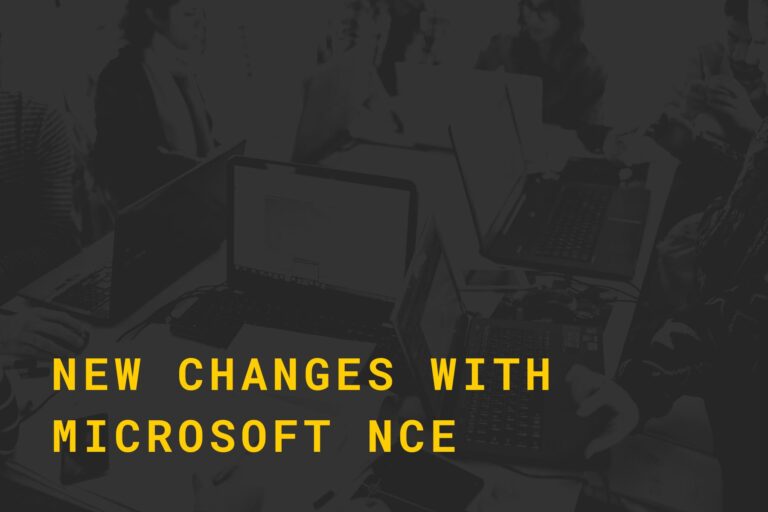Let’s face it. Humans are social beings. We are happiest and most productive when we work together. When the COVID-19 pandemic hit last year, many companies were forced to change their business to allow people to work from home. with that workplace collaboration tools become MUCH more prevalent for professionals as well as for people in their homes.
In this article, I would like to examine a few ways that businesses will be (and are) adopting and leveraging technology and various workplace collaboration tools to adapt to a working environment in the “new normal”.
How Did We Get Here?
Historically, in a professional position, you would go into the office during business hours, do your work, attend meetings, and then physically leave the office, and go home. The idea of “taking work home” was a concept relegated to those who were incredibly busy.
Pre-COVID
Previously, the idea of working remotely or from home was an option given to very few as the benefits were weighed by management. Some pilot programs have been rolled out, but a few companies threw their entire business processes into the management of the PROCESS. In most cases it was deemed too heavy a burden and seemingly offered little benefit. Many cited concerns of lack of productivity. The list was long.
Then came the COVID-19 pandemic
During the height of the pandemic, companies were forced to adapt to a landscape where not only their workforce was sent home, but also their customer base. The choice was simple, adapt or die. The adaptation most companies chose was to implement “collaboration tools.” These tools typically include person-to-person (as well as group) calling, video, chat, and shared document work. Some of these tools were even free or low cost with a reduced feature set than their “commercial” counterparts.
One of the most pervasive tools of this period was Zoom. In many countries, K-12 schools got it for free, so Zoom often spread rapidly to companies with users whose children were using Zoom at home. Microsoft and Cisco quickly matured their workplace collaboration products and started to gain ground with Microsoft Teams and Cisco Webex. Equally important, both offer enterprise-level functionality, integrations, and most importantly, enhanced security for a very reasonable price.
As time went on, companies adapted their processes to include provisions for workplace collaboration so just about every process (both with fellow employees and customers) could be done with or without an in-person interaction.
The State of Things
We are now at the point where COVID-19 vaccinations have proven ffective and are being distributed en masse. Subsequently, (in areas that allow it) some companies are allowing employees to return to the office. However, now that we have seen the benefits of remote collaboration, the best way to proceed is not totally clear. Going back to 100% the old way seems a waste of resources, and difficult to do now that everyone has seen the benefits of working together “virtually”. On the other hand, going to a 100% virtual collaborative environment is not always a tenable position either because, as I stated, we still need to feel that sense of community.
With that, a proposed solution for companies is to operate in a hybrid environment. Meaning people can operate either virtually or in person and collaborate in whatever method suites them (or the company) best.
Workplace Collaboration Timeline
Below is a table showcasing the workplace collaboration timeline. Most often we divide categories into past, present, and future. For the purposes of this article, I’d like to divide them into past, pandemic (i.e. during the Covid-19 Pandemic), and hybrid (now and into the future).
Here are some examples of where we were and where are going.
| Past | Pandemic | Hybrid | |
|---|---|---|---|
| Office Space | People worked together in the corporate office. | Home offices and consumer-grade “web cams”, basic collaboration tools. | As collaboration tools become more sophisticated, anywhere can now be your office. Companies will maintain locations for a physical presence, but will no longer require large buildings to be a large operating entity. |
| Conference Room Use | Regularly used for multi-person in-person, weekly or daily meetings, briefings, or conferences. | Almost non-existent. Or when available – at significantly reduced capacity to follow social distancing guidelines | High powered collaboration technology allows remote participants to truly be a part of a conference room meeting. Even use the technology to lead the meeting |
| Customer Interaction | A customer would come into the office to meet, you would go to the customer’s location to meet, or possibly meet in some 3rd location. A phone meeting or conference call was also the norm. | You would meet via conference call, video conference, or video collaboration tool (i.e. Webex, Teams, Zoom). Most often, from your respective home offices | The future is virtual presence. You and your customer would meet in a virtual space that you could see and touch but could be miles away from each other. Information can be shared in a collaborative/virtual environment. |
| Project Work | You would schedule a time to meet them in person with all materials, usually in paper or printed form. Also possible to email back and forth or call. | Work on projects happened with collaboration tools where everyone would emulate regular “project meetings” with “virtual project meetings” using their favorite collaboration tool. | Project work can be asynchronous. With the latest generation of tools, people can contribute to a project at their schedule (providing milestones are met), in the method that works most efficiently for their environment and the PM will organize information instead of schedules. |
| Building Capacity Tracking | Little to none, apart from fire marshal visits. | Since most people were working remotely during the pandemic, tracking the capacity of a building was not a necessity, but some companies were vaguely aware of how compliant they were and had policies in place for maximum capacity. | Next generation infrastructure and collaboration tools can detect how many people are in a building, as well as in a conference room via cameras and indicate on displays when maximum capacity has been reached, based on policies. |
Many businesses are still learning, adapting and tweaking processes to improve communication and workflows in the “new normal”. While the future holds uncertainties, one thing is evident. The way we collaborate in the workplace has been forever changed.




